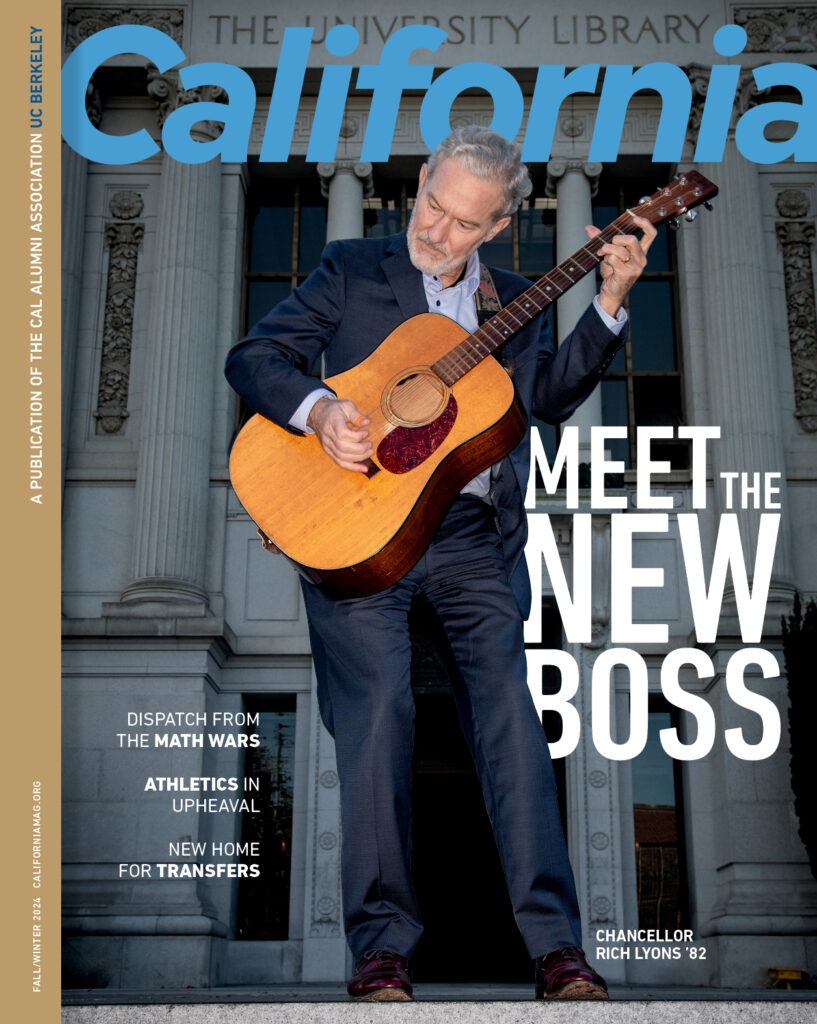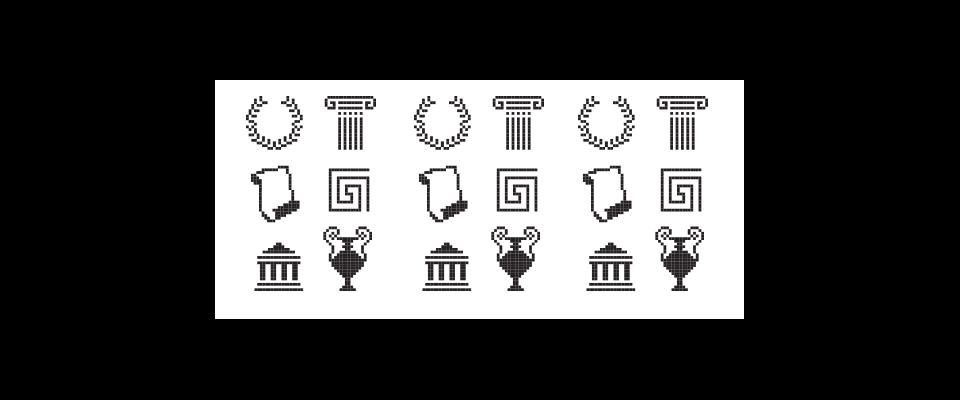The Department of Classics launches an open-access journal.
With the 2013 launch of an online classics monograph series, the study of the ancient world is now a little more digital—and democratic. Classics professor Donald Mastronarde and an editorial board of scholars started the website California Classical Studies, harnessing the Internet to bring research that many might find unexciting to the small, nerdy audience that strongly disagrees.
With the online open-access model, scholarship isn’t shackled by constraints such as publishers’ profit margins and the prohibitive price of printing pictures, which result in some books with price tags in the hundreds of dollars. Funded by a three-year startup grant from the Andrew W. Mellon Foundation, the peer-reviewed series looks to publish works that would be difficult to place with a traditional academic press, ranging from out-of-print books to data-heavy works and basic research.
As the monographs editor for the American Philological Association, Mastronarde saw firsthand how even an academic publishing house might sacrifice important scholarship to the bottom line. He and his colleagues would propose works they were excited about to the gatekeepers at the APA, said Mastronarde, and would then “get feedback like, ‘Gee, this is very narrow.'”
Although he says there’s resistance in the humanities to open-access scholarship because of “suspicion about things that are on the Internet for free,” he believes that can change with a high-quality open-access publication rigorously reviewed by respected researchers. Open-access publishing can “promote the scholarship, and then everybody can use it for free thereafter,” something Mastronarde thinks will change minds in the end.
Much of the scholarly work in question comes in the form of raw data. With the Nemea Center for Classical Archaeology, the Aleshire Center for the Study of Greek Epigraphy, and the Center for the Tebtunis Papyri, Cal’s classics department alone has three research institutions that excavate “a growing body of raw material,” reports Mastronarde.
In the past, these orphaned pieces of data might have lain idle in a dig site’s filing cabinet. With traditional publishing, “if we have, say, a thousand pieces of pottery, in the publication they might catalog them and talk about them in some way, and then they would publish, like, ten pictures,” Mastronarde said with a rueful laugh. Each individual item “may not mean a great deal, but when you put it together with all the other items that have ever been discovered … it does have meaning.”



















